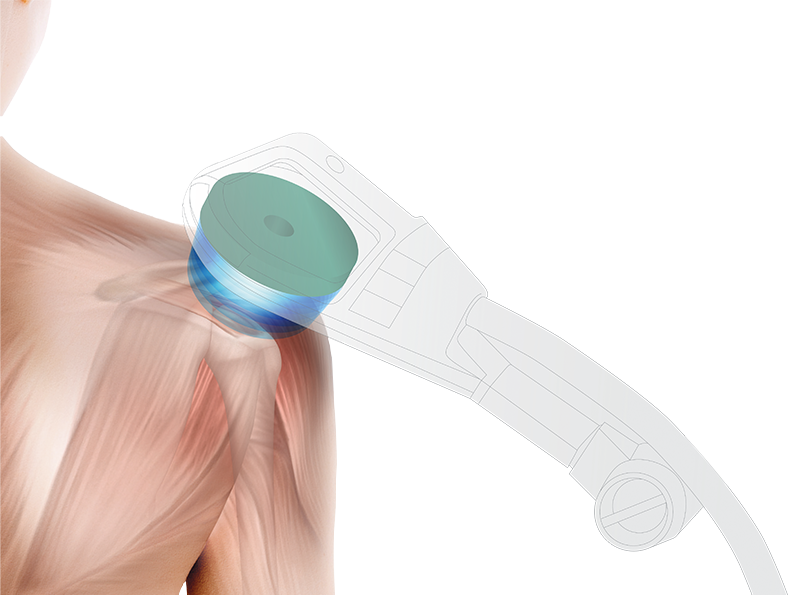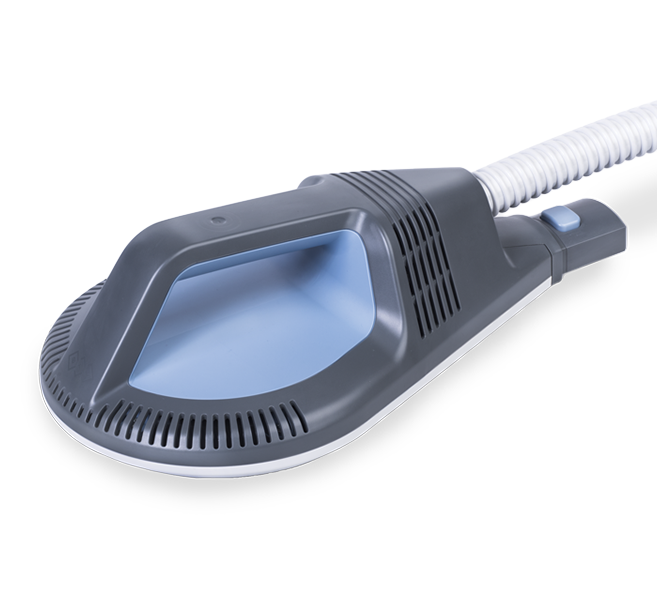Super Inductive System
Taking versatility to the next level
Taking versatility to the next level
The intense electromagnetic field triggers action potential and depolarises the nerves, resulting in muscle contractions.
The Super Inductive System is designed to treat painful neuromuscular and joint-skeletal conditions without operator assistance. This versatile technology can cover acute and chronic pain, muscle relaxation and stimulation, joint blockage release, and the support of fracture healing.

The electromagnetic field intensity of 2.5 Tesla triggers strong muscle contractions and contributes to pain management.The frequency range of 1-150 Hz and a variety of amplitude modulations maximise therapeutic efficiency.
The Super Inductive System is an operator-free procedure that saves you time, is applicable over clothing, and has zero consumables and disposables. Our Cool-Flow technology ensures continuous use of the device in your practice when consecutively treating multiple patients.

Get in touch with us if you want the newest technology to improve patient care.
Not all products and indications may be licensed in your country. For more information, contact your local representative.
In the EU, the following products are registered under different names:
Focused Shockwave (BTL-6000 FSWT), Radial Shockwave (BTL-6000 RSWT), Super Inductive System (BTL-6000 Super Inductive System), High Intensity Laser (BTL-6000 High Intensity Laser), TR-Therapy (BTL-6000 TR-Therapy), Spinal Decompression (BTL-6000 Traction and BTL Spinal Decompression), Cryotherapy (BTL Cryotherapy), HandsFree Sono ( (BTL-4000 Smart / Premium); Combined Units (BTL-4000 Smart / Premium), Electrotherapy with vacuum unit (BTL-4000 Premium + BTL-Vac II), Low-Level Laser Therapy (BTL-4000 Smart / Premium), Magnetotherapy (BTL-4000 Smart / Premium), Combined Units (BTL-4000 Smart / Premium), Diathermy (BTL-6000 Shortwave and BTL-6000 Microwave), CPMotion (BTL-CPMotion), Lymphatic Drainage (BTL-6000 Lymphastim), Couches (BTL-1100, BTL-1300, BTL-1500), Hydrotherapy (BTL-3000)
We will contact you as soon as possible.